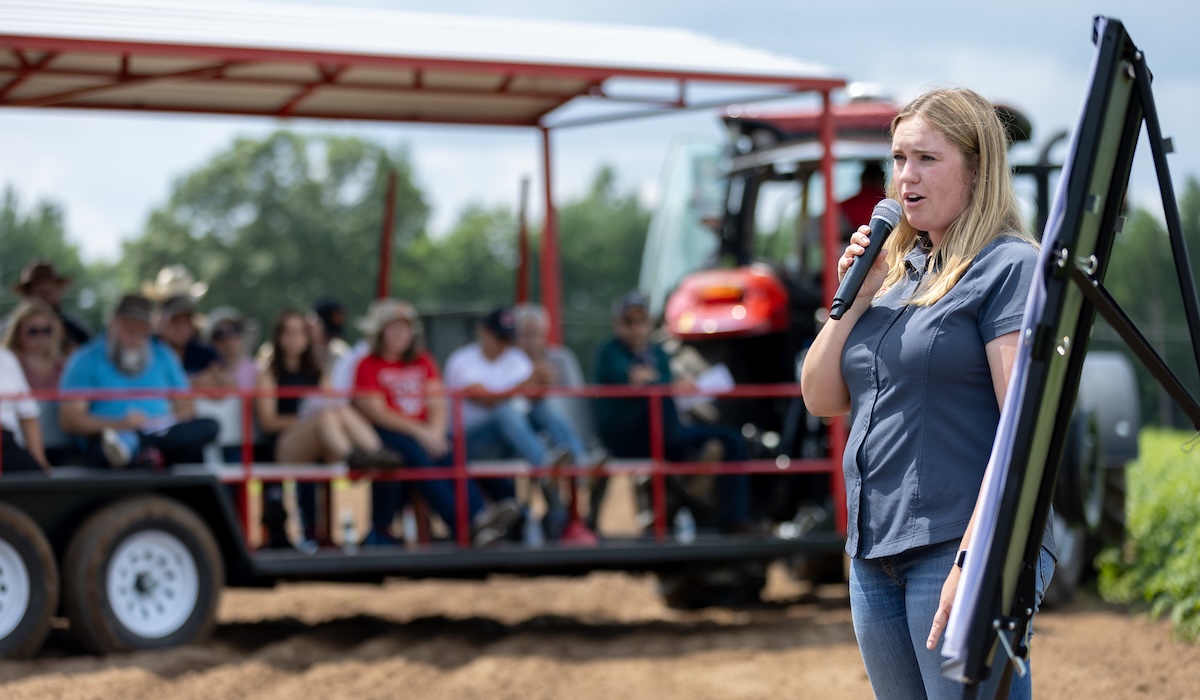One of the many hats a watershed professional often wears is that of a communicator. Promoting events, incentive programs, and community campaigns can be critical responsibilities of the job.
However, many watershed professionals come into their roles with little to no previous communications experience. There is a common thirst for tools, templates, and tricks for reaching and influencing audiences most effectively.
If this rings true for you, here are a few resources to help make your learning curve a little less steep.
Always Start with a Strategy
Communications without a strategy is like trying to navigate the ocean without plotting your course. It’s a wide-open sea out there, and if you want to reach your destination, you have to know what direction to go in and how the winds, tides, and currents might affect your journey.
Defining your goals and what audiences are important for achieving your goals are key first steps to any communications strategy. Messaging and tactics should always follow.
Fortunately, you don’t have to reinvent the wheel when crafting your strategy. There are many templates to guide you. Here’s one from a publication called Strategic Communications for Nonprofit Organizations that is a good place to start.
Make Friends with Social Media
I am a communications professional, and I confess that I feel conflicted about social media. But, for better or worse, you’d be hard pressed to do communications without social media these days.
If you are finding yourself tasked with managing a Facebook page or Instagram account, there are blogs galore out there with tips on how best to use these tools to engage target audiences. A couple of blogs bent toward public service include that of Civic Plus and of Social Media Strategies Summit.
Find that Needle-in-a-Haystack Photo
Finding the right photo to illustrate your communications materials can sometimes feel like trying to find the end of a rainbow, especially if you don’t have your own collection of photos to use and are restricted to using free photos in the public domain or Creative Commons. Fortunately, there are several collections you can tap.
Unsplash, Pixabay, and The Noun Project are a few popular collections you can weed through to find almost any kind of photo you might need. The only caveats are you will need smart search terms to home in on relevant photos, and you will run the risk of using a photo that gets used over and over by others.
Thankfully, conservation-oriented organizations have also created their own collections specific to conservation and watershed management, too – such as Conservation Cropping Systems Initiative and Soil and Water Conservation Society. Also check to see if your state’s natural resources or agriculture departments have their own image galleries. Just be sure to credit the photo’s source.
Unleash Your Inner Graphic Designer
Another field day, another flyer. How can you make our materials look professionally designed when you can’t hire a graphic designer?
If you haven’t already discovered Canva, now is the time. This online graphic design platform contains a plethora of templates for all types of documents, many of them free. Just choose your favorite layout, plug in your information and photos, adjust colors and fonts as needed, and voila!
Aim for Accessibility
Learning some of the basics of making communications materials accessible can ensure your efforts aren’t inadvertently leaving anyone in your audience out. Using simple, jargon-free language; providing ALT text for images; and creating transcripts for videos are examples of accessibility standards to follow.
Here are 10 useful tips for creating accessible website content, guidelines for making documents accessible, the seven core accessibility skills, and even some advice for social media to get you started. Here, too, is a comprehensive Inclusive Communications Guide, designed specifically for water-related organizations and professionals by River Network.
Get More Engagement-Related Resources
You can find more resources for your communications and outreach efforts in our new collection of engagement programming resources in our Resource Library, provided to you in partnership with Environmental Initiative and University of Minnesota, with initial support from the Extension Foundation.
Header photo by Michael P. King/UW–Madison CALS



